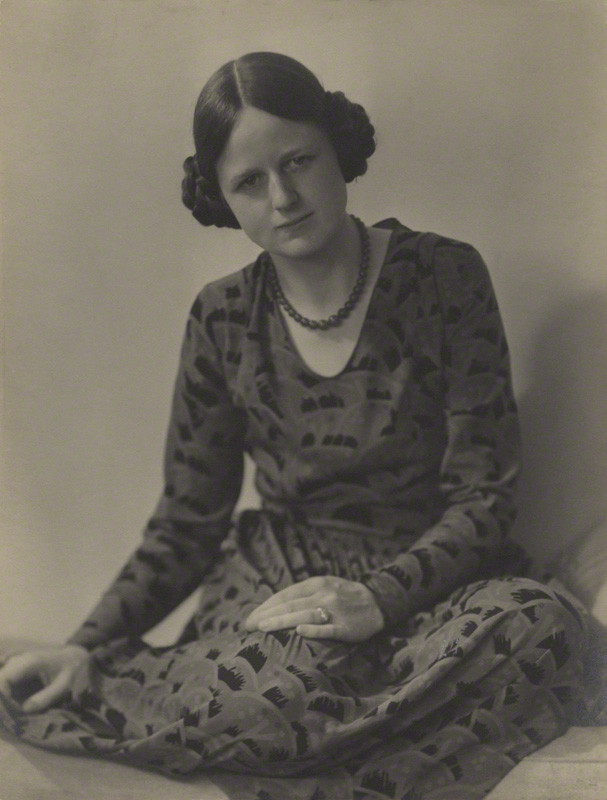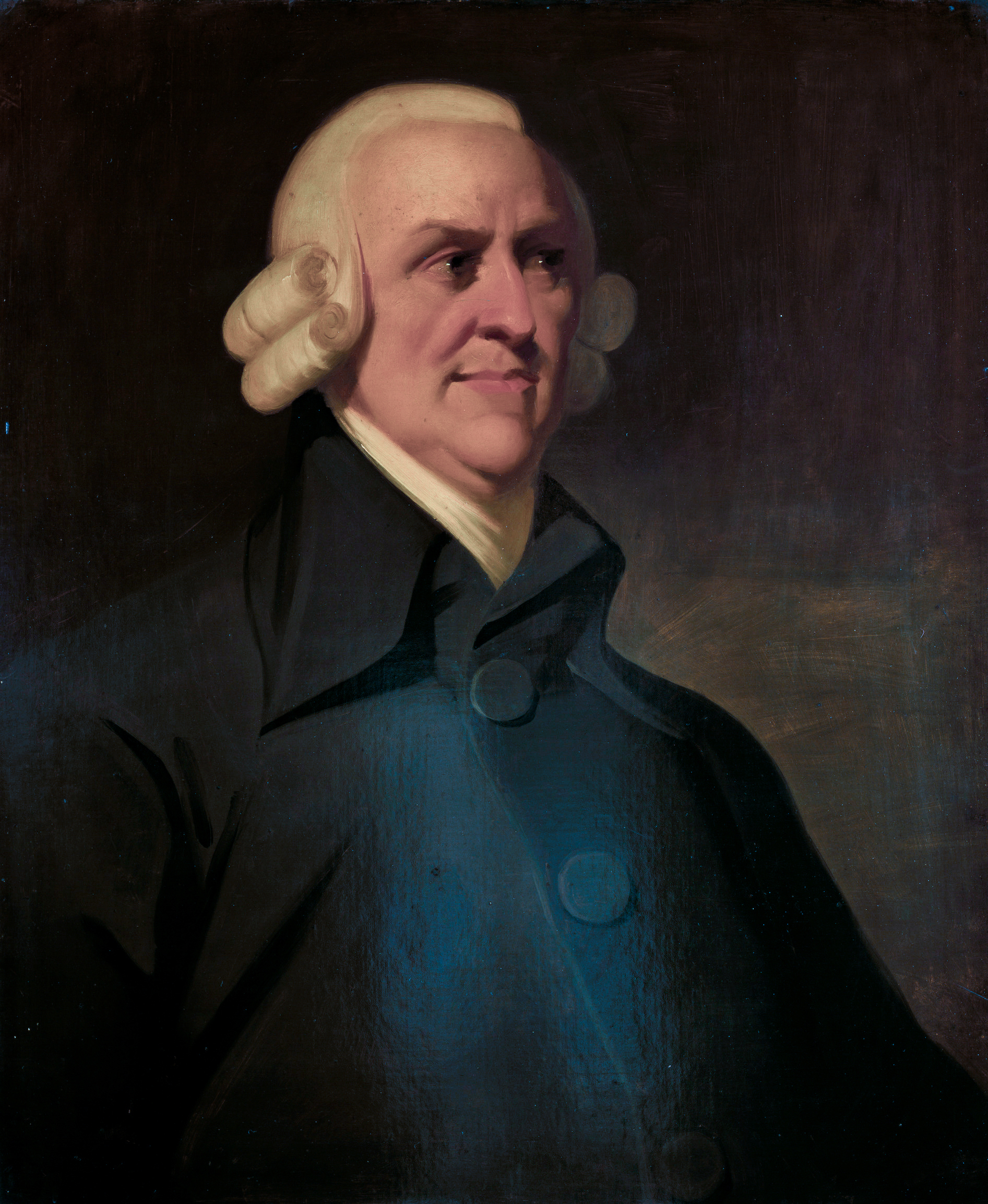|
Structure–conduct–performance Paradigm
The structure–conduct–performance (SCP) paradigm, first published by economists Edward Chamberlin and Joan Robinson in 1933, and developed by Joe S. Bain is a model in Industrial Organization Economics which offers a causal theoretical explanation for firm performance through economic conduct on incomplete markets. This model has had direct influence on subsequent Industrial Economics models such as Porter's five forces analysis. According to the structure–conduct–performance paradigm, the market environment has a direct, short-term impact on the market structure Market structure, in economics, depicts how firms are differentiated and categorised based on the types of goods they sell (homogeneous/heterogeneous) and how their operations are affected by external factors and elements. Market structure makes it .... The market structure then has a direct influence on the firm's economic conduct, which in turn affects its market performance. Therein, feedback effects occur suc ... [...More Info...] [...Related Items...] OR: [Wikipedia] [Google] [Baidu] |
Edward Chamberlin
Edward Hastings Chamberlin (May 18, 1899 – July 16, 1967) was an American economist. He was born in La Conner, Washington, and died in Cambridge, Massachusetts. Chamberlin studied first at the University of Iowa (where he was influenced by Frank H. Knight), then pursued graduate studies at the University of Michigan, eventually receiving his Ph.D. from Harvard University in 1927. Economics For most of his career Edward Chamberlin taught economics at Harvard (1937–1967). He made significant contributions to microeconomics, particularly on competition theory and consumer choice, and their connection to prices. He coined the term "product differentiation" to describe how a supplier may be able to charge a higher price for a product than perfect competition would allow. Chamberlin's most significant contribution was the Chamberlinian monopolistic competition theory. He published his book ''The Theory of Monopolistic Competition'' in 1933, the same year that Joan Robinson publi ... [...More Info...] [...Related Items...] OR: [Wikipedia] [Google] [Baidu] |
Joan Robinson
Joan Violet Robinson (''née'' Maurice; 31 October 1903 – 5 August 1983) was a British economist well known for her wide-ranging contributions to economic theory. She was a central figure in what became known as post-Keynesian economics. Biography Before leaving to fight in the Second Boer War, Joan's father, Frederick Maurice, married Margaret Helen Marsh, the daughter of Frederick Howard Marsh, and the sister of Edward Marsh, at St George's, Hanover Square. Joan Maurice was born in 1903, a year after her father's return from Africa. During World War II, Robinson worked on a few different Committees for the wartime national government. During this time, she visited the Soviet Union as well as China, gaining an interest in underdeveloped and developing nations. Robinson was a frequent visitor to Centre for Development Studies (CDS), Thiruvananthapuram, India. She was a visiting fellow at the Centre in the mid-1970s. She instituted an endowment fund to support public lec ... [...More Info...] [...Related Items...] OR: [Wikipedia] [Google] [Baidu] |
Joe S
Joe or JOE may refer to: Arts Film and television * ''Joe'' (1970 film), starring Peter Boyle * ''Joe'' (2013 film), starring Nicolas Cage * ''Joe'' (TV series), a British TV series airing from 1966 to 1971 * ''Joe'', a 2002 Canadian animated short about Joe Fortes Music and radio * "Joe" (Inspiral Carpets song) * "Joe" (Red Hot Chili Peppers song) * "Joe", a song by The Cranberries on their album ''To the Faithful Departed'' *"Joe", a song by PJ Harvey on her album '' Dry'' *"Joe", a song by AJR on their album ''OK Orchestra'' * Joe FM (other), any of several radio stations Computing * Joe's Own Editor, a text editor for Unix systems * Joe, an object-oriented Java computing framework based on Sun's Distributed Objects Everywhere project Media * Joe (website), a news website for the UK and Ireland * ''Joe'' (magazine), a defunct periodical developed originally for Kenyan youth Places * Joe, North Carolina, United States, a town * Jõe, Saaremaa Parish, Estoni ... [...More Info...] [...Related Items...] OR: [Wikipedia] [Google] [Baidu] |
Industrial Organization
In economics, industrial organization is a field that builds on the theory of the firm by examining the structure of (and, therefore, the boundaries between) firms and market (economics), markets. Industrial organization adds real-world complications to the perfect competition, perfectly competitive model, complications such as transaction costs, limited information economics, information, and barriers to entry of new firms that may be associated with imperfect competition. It analyzes determinants of firm and market organization and behavior on a continuum between Competition (economics), competition and monopoly, including from government actions. There are different approaches to the subject. One approach is descriptive in providing an overview of industrial organization, such as measures of competition and the size-concentration ratio, concentration of firms in an industry. A second approach uses microeconomic models to explain internal firm organization and market strategy, ... [...More Info...] [...Related Items...] OR: [Wikipedia] [Google] [Baidu] |
Industrial Economics
In economics, industrial organization is a field that builds on the theory of the firm by examining the structure of (and, therefore, the boundaries between) firms and markets. Industrial organization adds real-world complications to the perfectly competitive model, complications such as transaction costs, limited information, and barriers to entry of new firms that may be associated with imperfect competition. It analyzes determinants of firm and market organization and behavior on a continuum between competition and monopoly, including from government actions. There are different approaches to the subject. One approach is descriptive in providing an overview of industrial organization, such as measures of competition and the size-concentration of firms in an industry. A second approach uses microeconomic models to explain internal firm organization and market strategy, which includes internal research and development along with issues of internal reorganization and renewal. A ... [...More Info...] [...Related Items...] OR: [Wikipedia] [Google] [Baidu] |
Porter's Five Forces Analysis
Porter's Five Forces Framework is a method of analysing the operating environment of a competition of a business. It draws from industrial organization (IO) economics to derive five forces that determine the competitive intensity and, therefore, the attractiveness (or lack thereof) of an industry in terms of its profitability. An "unattractive" industry is one in which the effect of these five forces reduces overall profitability. The most unattractive industry would be one approaching "pure competition", in which available profits for all firms are driven to normal profit levels. The five-forces perspective is associated with its originator, Michael E. Porter of Harvard University. This framework was first published in ''Harvard Business Review'' in 1979. Porter refers to these forces as the microenvironment, to contrast it with the more general term macroenvironment. They consist of those forces close to a company that affects its ability to serve its customers and make a pro ... [...More Info...] [...Related Items...] OR: [Wikipedia] [Google] [Baidu] |
Market Structure
Market structure, in economics, depicts how firms are differentiated and categorised based on the types of goods they sell (homogeneous/heterogeneous) and how their operations are affected by external factors and elements. Market structure makes it easier to understand the characteristics of diverse markets. The main body of the market is composed of suppliers and demanders. Both parties are equal and indispensable. The market structure determines the price formation method of the market. Suppliers and Demanders (sellers and buyers) will aim to find a price that both parties can accept creating a equilibrium quantity. Market definition is an important issue for regulators facing changes in market structure, which needs to be determined. The relationship between buyers and sellers as the main body of the market includes three situations: the relationship between sellers (enterprises and enterprises), the relationship between buyers (enterprises or consumers) and the relationship be ... [...More Info...] [...Related Items...] OR: [Wikipedia] [Google] [Baidu] |

